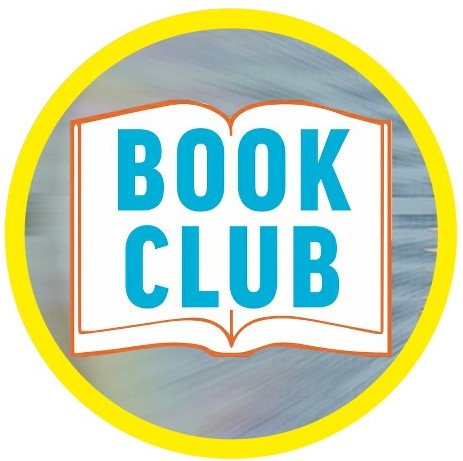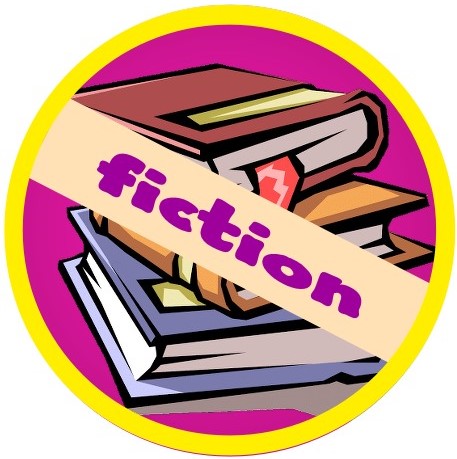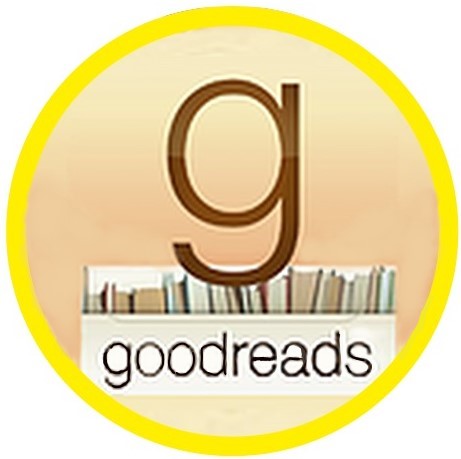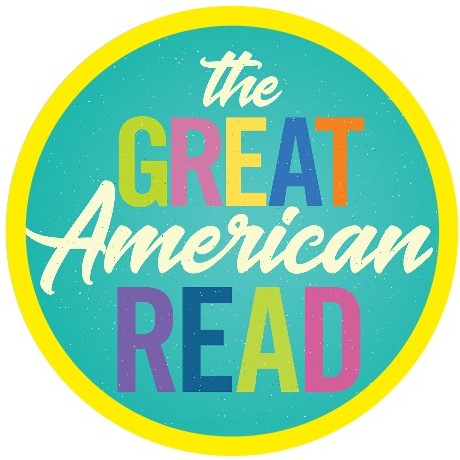| These are the books which have most inspired me to read, write, imagine, and create. These titles span from childhood to adulthood, presented (as much as I can remember) in the order in which I discovered them. |
 | This is a packaging of Winnie-the-Pooh (1926) and House at Pooh Corner (1928), the two classics which introduced the world to Christopher Robin and Pooh, his stuffed-animal bear. Pooh is a self-admitted bear-of-very-little-brain, but his optimism and heart of gold modeled a way of life we should all try to emulate. In fact, Benjamin Hoff’s The Tao of Pooh (1982) is another favorite book of mine because of how well it captures the essence of Pooh in describing a philosophy of life. |
 | In the summer after my sixth grade year, my family went down to Georgia for a week, as we did every summer. My grandmother was bed-ridden and a neighbor, feeling like my brother and I might be bored, brought over a box of books. I plucked The Hobbit from the stack. I’d heard of it, but didn’t know much about it. I devoured it that week – and many times after that throughout junior high and high school. Read a more in-depth review of the book here. |
 | This was Steinbeck’s adaptation of Sir Thomas Malory’s Le Morte d’Arthur (1485) and my introduction to King Arthur when I read it in English class in 8th grade. It led to a fascination with King Arthur, even resulting in me writing my middle-grade fiction series, Otter and Arthur, which retold the legends of King Arthur through the eyes of a mouse. |
| Like millions of others, I was exposed to this book as required reading in high school. Also like millions of others, I was completely drawn in by Lee’s powerful story about Scout, a young girl who comes face-to-face with racial discrimination in her small town – and recognizes her own prejudices in how she judges her reclusive neighbor, Boo Radley. Having re-read the book multiple times, I’ve come to be enamored with the story-telling style of the book and how it makes the small-town setting essential to the book. Read a more detailed review of the book here. |
 | I saw the movie version of Garp when I was in high school. I watched it because I was a Robin Williams fan, but fell in love with the movie because of its quirky characters and unique story. I eventually read the book, which led me to devour everything Irving had written prior to that. Since then, A Prayer for Owen Meany has supplanted Garp as my favorite John Irving novel and one of my favorite books of all-time, but this was the one which introduced me to him as an author. |
 | As a music chart fanatic, I was overjoyed when I found Whitburn’s Record Research company, which published books compiling chart data from Billboard magazine. The granddaddy of them all was this book, which gathered data for all songs to ever hit the Billboard Hot 100 pop chart and then listed them by the recording acts. Not only have I gone through multiple editions of this book, but I have gone on to line my shelves with other Record Research books covering rock, country, R&B, and album charts. |
 | I dropped out of college in 1989, a semester-shy from graduating. It forced me to go to work and I stumbled into the afterschool arena. I soon realized that was what I wanted to do with my life and within a few years finished my degree. In that second time around, I was reinvigorated by having a career focus and specifically wanting to gain a better insight into personality types and how they affect learning. One of my professors steered me toward the Myers-Briggs Type Indicator and whetted an appetite in me for recognizing how people learn differently. |
 | Sometime in the mid-‘90s, my supervisor recommended I go to the airport to meet Rich Scofield, a publisher in the afterschool arena. I showed him the game activity book I’d created for work and he told me it could practically be published as it was. This was not only the first of some twenty-something books I’ve now published (see my author page at Amazon), but sowed the seeds for me to start my own company, Toolbox Training, focused on providing resources, training, and consulting to afterschool programs. |
 | The Whitburn books fed my interest in charts. This book fed my interest in collecting lists which ranked songs without consideration to chart performance. It led to the creation of my Dave’s Music Database website and my own self-published, list-oriented books, including The Top 100 Songs of the Rock Era, 1954-1999, The Top 100 Albums of All Time, and The Top 100 Songs of the Pre-Era, 1890-1953. |
| My undergraduate degree was marked by my fascination with Myers-Briggs. My pursuit of a Masters in Education in the early 2000’s was marked by my discovery of Howard Gardner’s theory of multiple intelligences. Like Myers-Briggs, it had important implications on my understanding of how people learned differently – and deserved to be understood as individuals. My final thesis resulted in my second published book, Multiple Intelligences & After-School Environments: Keeping All Children in Mind (2002). |




















